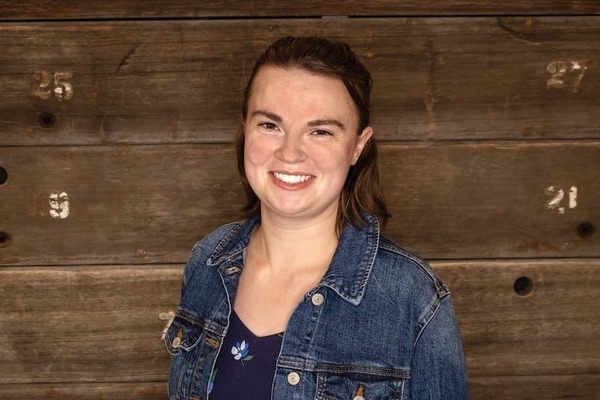
Old English Books in Nineteenth Century America
“How do we think about books?” When first asked this question, our minds may jump to thoughts such as the book’s contents, its author(s), its usage in certain classes by certain professors, its cost, and the frequency with which we continue to use (or not use) the book. Rarely do we consider the book’s publisher; the year of the book’s publication (and republication); and the inclusion of less outstanding content such as advertisements, tables of contents, and copyright statements. But what can this extraneous information add to our understanding of the book’s history and usage?
“How do we think about the usage of Old English in the United States?” When first asked this question, our thoughts most likely focus on white supremacist appropriation of texts such as Beowulf. Beowulf itself tends to stand out in our minds simply because it is the best-known text from the Old English canon, and it has been taught in American high schools and universities since the late nineteenth century. Rarely do we remember that Beowulf is just one of many texts that survive in today’s Old English corpus. But what can these other texts add to our understanding of Old English and its reception, particularly in nineteenth-century America?
Julie’s dissertation prospectus, which forms the basis of this presentation, attempts to answer these two questions simultaneously. She draws from the fields of bibliography, historical research, and literary analysis to argue that the answers to the questions posed in the first paragraph can answer the questions in the second paragraph, and vice versa. In this presentation, Julie outlines her general findings and then points to some specific examples that she hopes to incorporate into her actual dissertation.
For the catered lunch, please RSVP to Blake Holman (bholman4@nd.edu) before Friday, Oct. 27. State dietary needs.